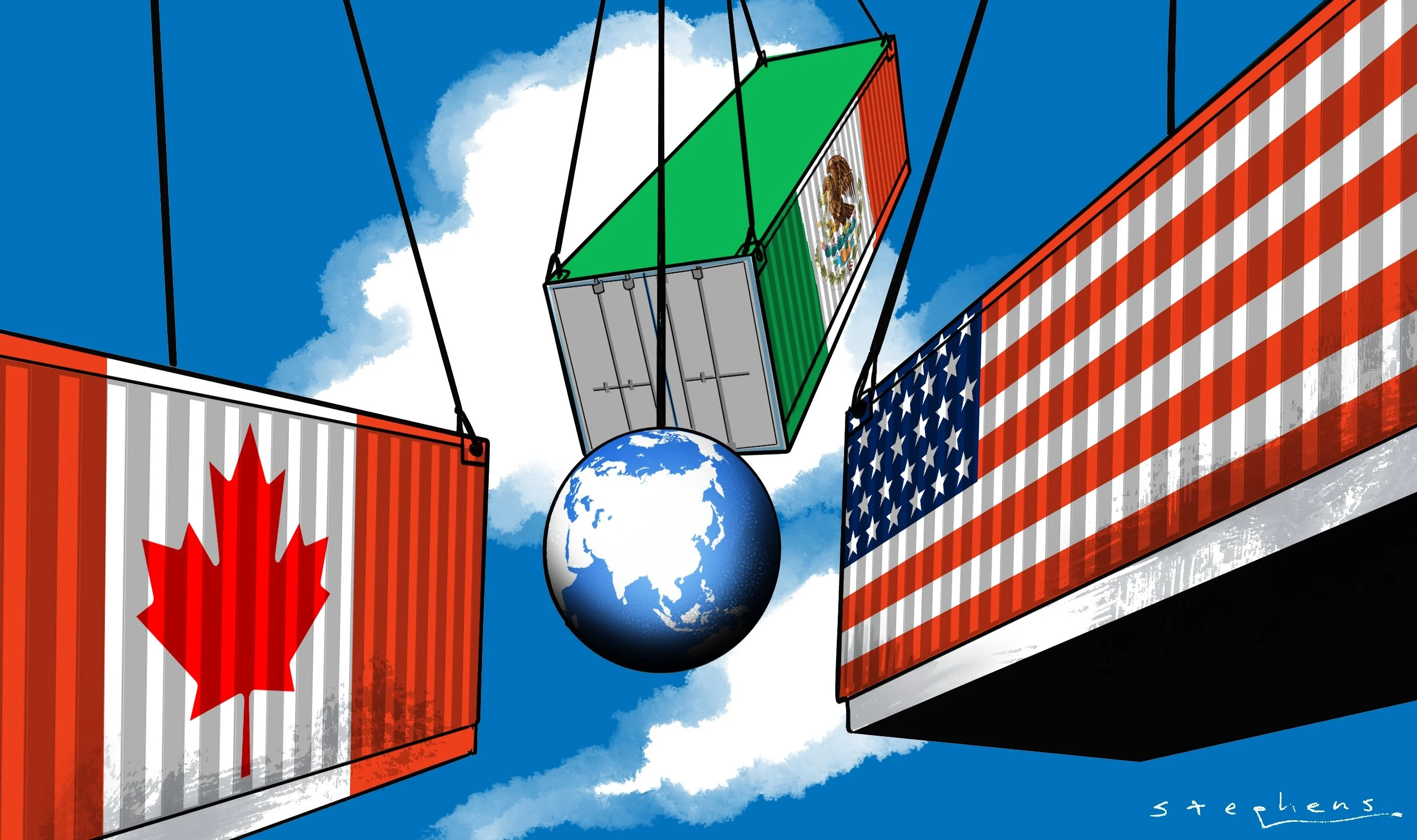By Stephen Olson,Wendy Cutler
Copyright scmp

As the United States begins its public consultation process for a 2026 review of the US-Mexico-Canada Agreement (USMCA), Asian economies should pay close attention. The USMCA review will most likely yield one of four results: a renewal of the agreement for another 16 years until 2042, an agreement to allow the pact to expire in 2036, a more immediate termination upon six months’ notice by any party, or a partial or complete overhaul of the agreement.
Given the litany of trade complaints levelled against both Canada and Mexico by the Trump administration, coupled with concerns about increased Chinese economic activity in the region, a renegotiation seems to be on the cards.
Asian economies have an interest in this review and the presumptive modifications, from both a commercial and a broader trade policy perspective. In light of the heightened tariff activity emanating from Washington these days, it is tempting for Asian partners to push the USMCA review to the back burner, viewing it more as a North American matter.
In doing so, however, Asian economies risk finding themselves in a defensive position and being forced to respond to troublesome developments that affect them. A better approach is to take advantage of the opening for public comment to help shape the debate and advance their interests.
The economic stakes for Asia are clear: trade and investment flows from Asia to the three North American countries have sharply increased in recent years. In the past five years, Asian exports to the three USMCA partners grew by nearly 35 per cent, reaching US$1.7 trillion in 2024. Meanwhile, Asian foreign direct investment (FDI) flows to the three countries in 2024 exceeded US$33 billion.
In particular, FDI flows from Asia to Mexico have more than tripled between 2019 and 2024. While Japan, South Korea and China are the major investors, other Asian economies, including Malaysia, India, Indonesia, the Philippines and Singapore, are getting in on the act. This increase in investment activity is driven by a desire to take advantage of the USMCA tariff preferences, secure improved access to the growing Mexican market and diversify trading partners.
For the Trump administration, however, much of Asia’s economic activity in North America is viewed as an effort to circumvent the generally higher tariffs that apply to its non-North American partners, especially China. As such, it is a problem the US will seek to rectify during the USMCA review.
The existing USMCA, which was concluded during US President Donald Trump’s first term, already contains provisions that have presented challenges for Asian economies. For example, its strict rules of origin have incentivised increased use of inputs from the three countries at the expense of non-USMCA partners. In addition, its novel labour “rapid response mechanism” – a compliance tool intended to enforce labour rights – applies not just to Mexican firms but also to subsidiaries of Asian firms that are located in Mexico.
Furthermore, the pact discourages Canada and Mexico from considering free-trade agreement negotiations with China by introducing several procedural hoops, ultimately allowing the US to withdraw from the USMCA if such an agreement did go ahead.
This is indicative of the subtle and not-so-subtle pressure Washington has applied on trade partners in recent years to circumscribe integration with China, especially in sensitive sectors. This was plainly visible in the Biden administration with US Chips and Science Act funding being tied to semiconductor firms agreeing to curtail business and investment in China, as well as Canada following the lead of the US in imposing 100 per cent tariffs on Chinese-made electric vehicles in 2024.
The Trump administration is likely to ask Mexico and Canada to go further in these and other areas during the USMCA review. Revisions to existing rules of origin are likely to be a US negotiating priority. Washington could propose an increase in the requirements for North American content to qualify for USMCA tariff preferences while also seeking rules that restrict, or even ban, Chinese content.
However, stricter rules of origin are not the only area of potential concern for Asian partners. The US might also seek to strengthen foreign investment screening and monitoring, update the digital chapter to address data and privacy concerns, expand labour commitments to further protect workers, set up a collective high tariff wall for strategic goods from China and boost manufacturing production in the US at the expense of Mexico and Canada.
Partners in the region, especially in Southeast Asia but also Japan and South Korea, should take careful note of the developments in the USMCA review, particularly any efforts to limit Chinese participation in North American supply chains. As Washington continues to ratchet up pressure on trade partners to reduce their trade and investment ties with China – despite Trump himself seemingly interested in doing deals with President Xi Jinping – modifications to the USMCA could provide a preview of what other countries can expect to face.
In light of its large and growing stake in the North American market as a whole, Asia cannot afford to sit back and wait to be presented with a fait accompli emerging from the USMCA review. Legitimate interests of Asian partners, which in some instances could align with North American interests, need to be cogently articulated now to have an impact on proposals under consideration. The USMCA might be North America’s agreement, but the stakes for Asia are high.



